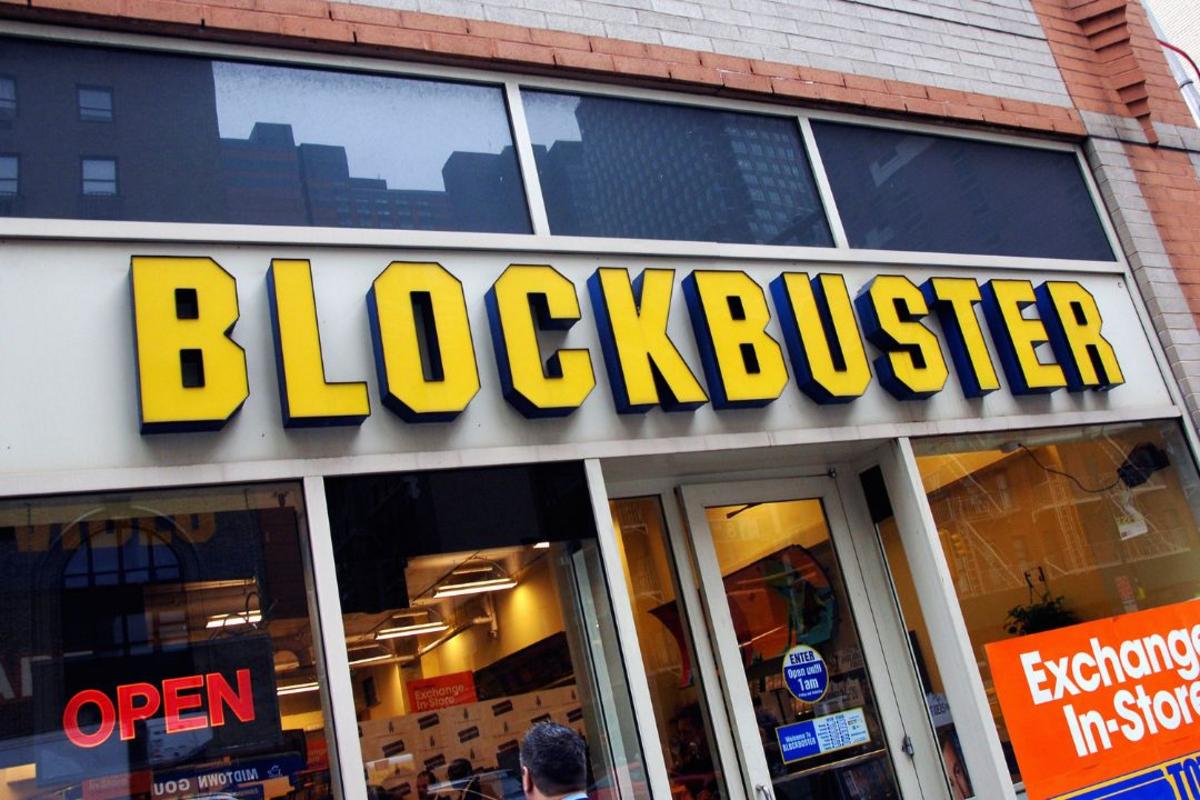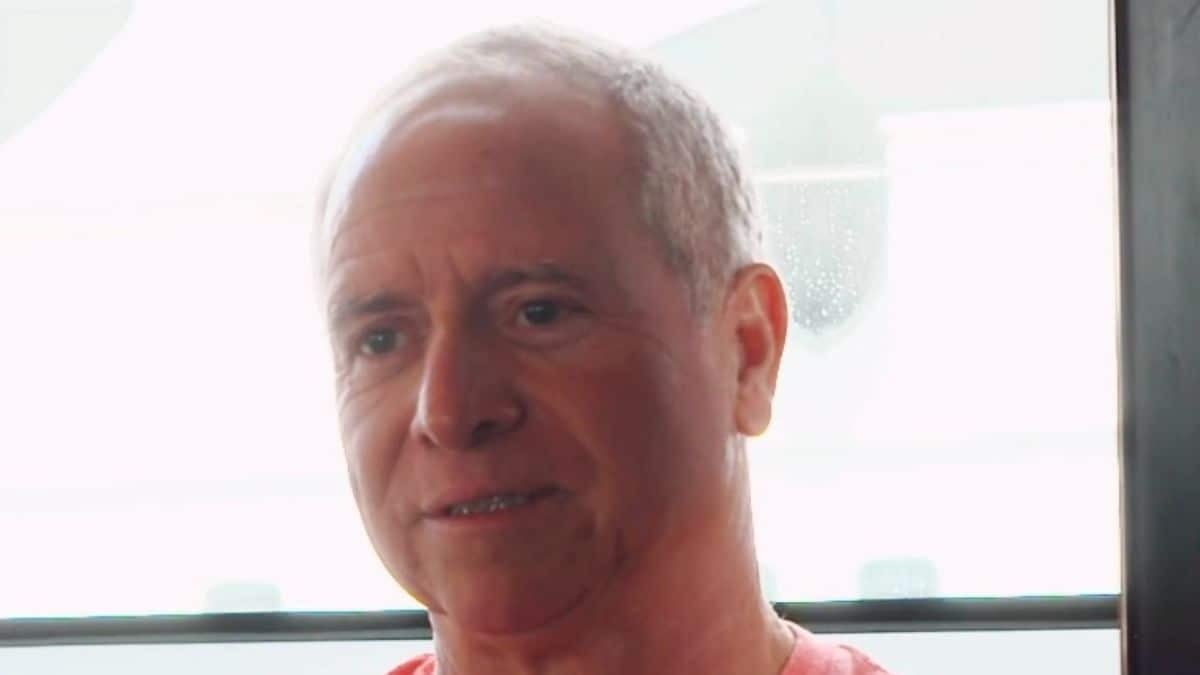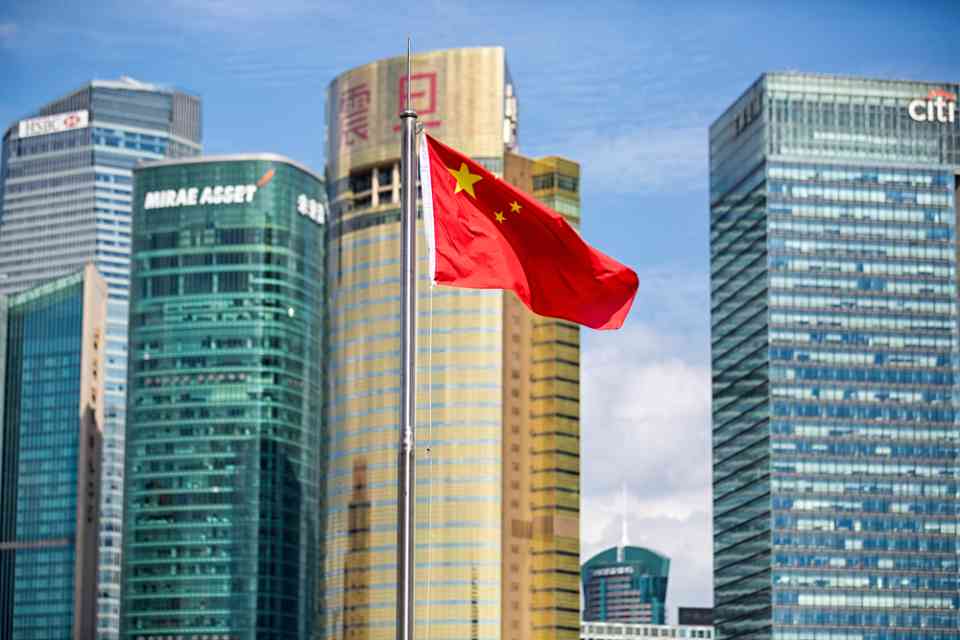Chinese markets have responded positively to a new and “unprecedented” set of tools introduced by Beijing to stabilize capital markets and restore confidence, though concerns remain about whether these actions will be enough to rejuvenate the broader economy. The People’s Bank of China (PBoC) announced on Tuesday a substantial Rmb800bn ($114bn) fund aimed at boosting the stock market by lending to asset managers, insurers, brokers, and listed companies for stock buybacks.
This marks the first time the PBoC has employed such innovative monetary tools to directly support capital markets. Pan Gongsheng, the central bank governor, highlighted this new approach during a briefing alongside financial regulators. Pan noted that if successful, the fund size could potentially be doubled or tripled, and policymakers have also hinted at creating a “stock stabilization fund,” though specific details remain sparse.
The measures represent one of the most significant efforts by the PBoC to support China’s equity markets, which have been on a steady decline over the past four years. A lack of confidence in the nation’s weakening economy has contributed to the market’s slump. Following the announcement, China’s CSI 300 index, which tracks Shanghai- and Shenzhen-listed stocks, surged 4.3%, marking its best day since July 2020. The rally continued on Wednesday with a 2.1% rise, while the renminbi strengthened by 0.5% against the dollar, hitting a 13-month high.
The PBoC’s stock market support programs are part of a broader array of stimulus measures, including cuts to benchmark interest rates, mortgage rates, and downpayment requirements. These actions follow the U.S. Federal Reserve’s recent 50 basis point rate cut, providing the PBoC more flexibility to introduce its own supportive measures.
“These measures have exceeded market expectations,” commented Ding Shuang, chief economist for greater China and North Asia at Standard Chartered. Ding noted that this could signal the start of more aggressive policies compared to past incremental approaches. However, he emphasized that the true impact would depend on the scale of participation in the new programs.
Jason Lui, head of Asia-Pacific equities and derivatives strategy at BNP Paribas, praised the novel ideas in the PBoC’s measures, particularly the lending and swap facility. This tool allows non-bank financial institutions to borrow from the PBoC to purchase equities, using bonds, stocks, or exchange-traded funds (ETFs) as collateral. Additionally, the relending program offers low-cost loans to commercial banks, which can lend to companies seeking to buy back their shares, boosting stock values.
Economists suggest that these incentives are aimed at broadening stock ownership beyond the “national team” of state-backed financial institutions, which earlier this year purchased large amounts of mainland-listed shares in an attempt to shore up the market. Wu Qing, chair of the China Securities Regulatory Commission, noted that by the end of August, institutional investors had increased their share of free-floating A-shares from 17% to 22.2% since 2019.
Still, Wu acknowledged that the market lacks sufficient mid- to long-term funds, with retail investors’ rapid shifts often impacting stock sentiment. BNP’s Lui observed that the program is designed to encourage other financial institutions that are currently hesitant to increase their equity investments. However, Ding cautioned that institutions may be reluctant to borrow from the PBoC to buy stocks if they remain responsible for potential losses.
Beijing views the stock market as a barometer of economic health and a key tool for maintaining social stability. Analysts from Morgan Stanley described the stimulus as a significant positive step, equivalent to 3% of the entire free float of the China A-shares market. However, they warned that while the tools are helpful, they alone would not be sufficient to sustain China’s overall economic recovery. They argued that a rebound in market sentiment and stock prices would depend on macroeconomic recovery and the bottoming out of corporate earnings growth.
Tuesday’s stimulus measures are considered impactful, particularly the simultaneous cuts to the benchmark interest rate and the reserve requirement ratio, which determines the amount of reserves banks must hold. Pan stated that the 0.5 percentage point cut to the ratio would inject Rmb1tn in liquidity into the economy.
Nevertheless, most analysts agree that only a large-scale fiscal stimulus targeting China’s prolonged property slump and directly benefiting households could fully restore confidence and curb deflationary pressures. While the PBoC has rolled out a Rmb300bn scheme to purchase unsold housing, the program has struggled to gain momentum.
Robert Gilhooly, senior emerging markets economist at Abrdn, noted that Tuesday’s interest rate cut for existing mortgage holders is the closest thing yet to a fiscal transfer benefiting households. However, he suggested that more direct government intervention, particularly in the property sector, would be needed to boost consumer confidence. Without this, household spending is likely to remain constrained by falling property values and a weak labor market.
| GDP (nominal) | Capital | Head of State | Head of Government | GDP (nominal) per capita | GDP (PPP) | GDP (PPP) | GDP (PPP) per capita |
|---|---|---|---|---|---|---|---|
| China | Beijing | Xi Jinping | Li Qiang | 17.700.899 | 12.541 | 35.004.000 | 23.309 |
Have you read?
Fastest tanks ever built by Russia.
Impact of Titles on Your Executive Career – Negotiating Job Titles and more!
3 Ways Technology Empowers the Hybrid Work Revolution.
5 Effective Strategies to Reduce Criticism and Captivate Your Essay Readers.
CerebrumIQ Reviews the Average IQ for Managers and Executives.
Add CEOWORLD magazine to your Google News feed.
Follow CEOWORLD magazine headlines on: Google News, LinkedIn, Twitter, and Facebook.
Copyright 2024 The CEOWORLD magazine. All rights reserved. This material (and any extract from it) must not be copied, redistributed or placed on any website, without CEOWORLD magazine’ prior written consent. For media queries, please contact: info@ceoworld.biz







































































